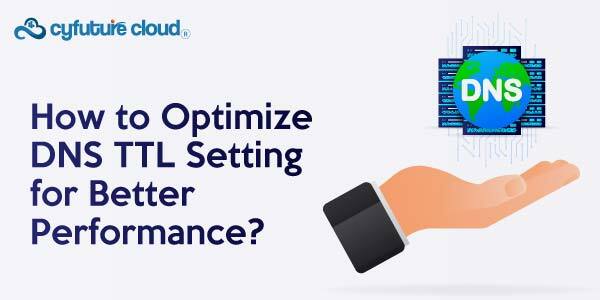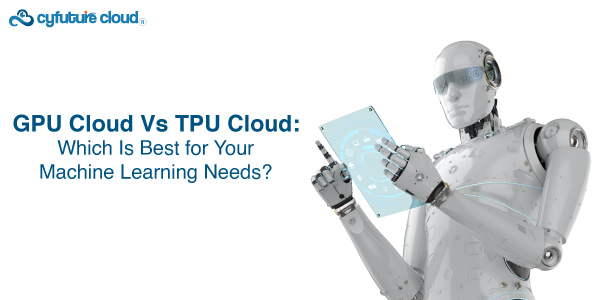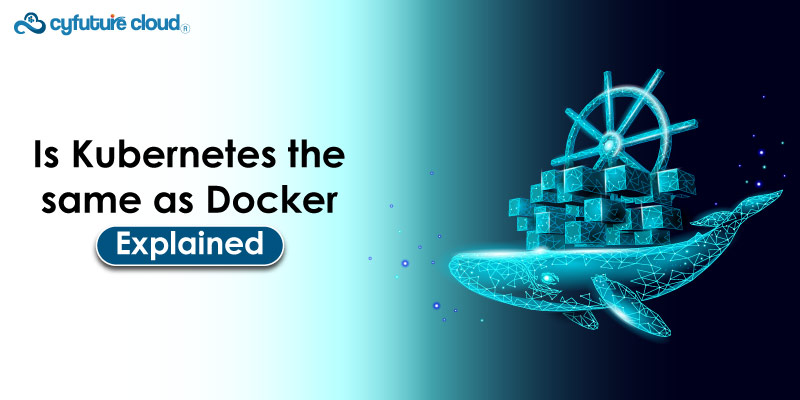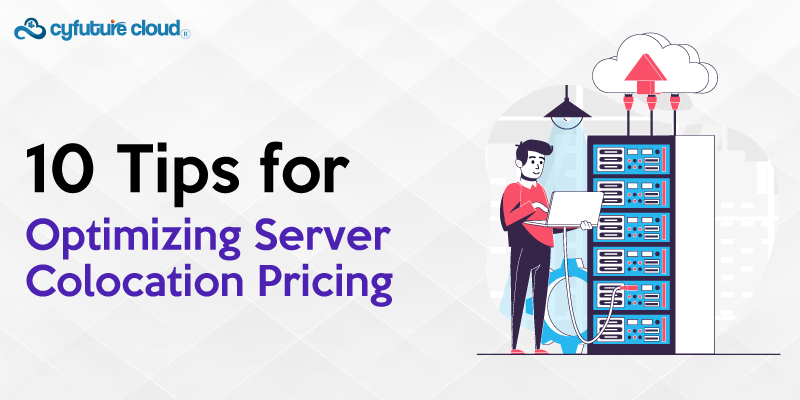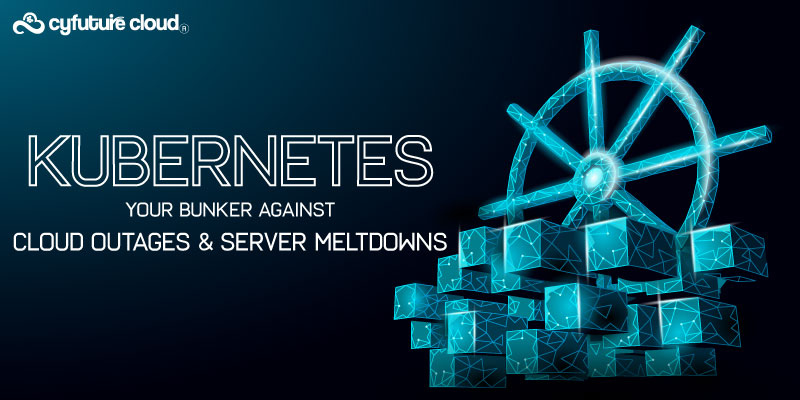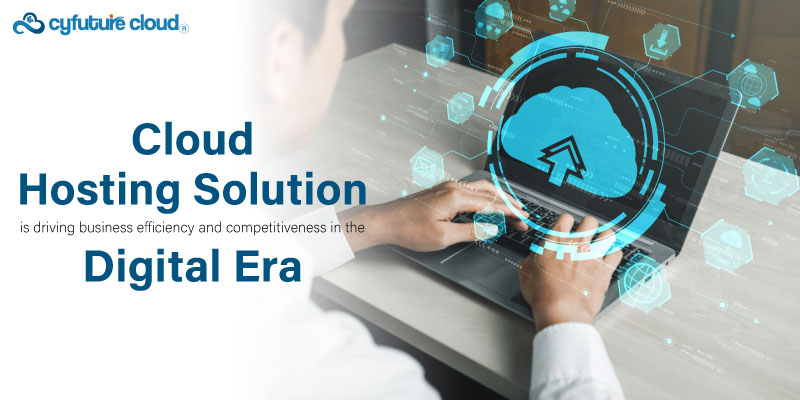The combination of cloud computing and artificial intelligence (AI) has remarkably revolutionized the technological ecosystem, enabling businesses to harness the combined power of these two transformative technologies. There is nothing more revolutionary working in our world at this moment. The so-called Artificial Intelligence is raising millions and billions of eyebrows all around the world as we speak.
In this blog post, we will explore the seamless integration of cloud and AI and delve into the various ways in which this convergence is driving innovation, optimizing processes, and unlocking new possibilities for businesses across industries. We will try to get into a deeper discussion about how these two technologies—artificial Intelligence and Cloud Computing—complement each other so well.
Both technologies form the basis of all computing architecture. As we are witnessing the current circumstances in technological breakthroughs, the world is up to a great revolution in a few years and these technologies are going to change the way we look at the world completely. Whether it is medical science or astrophysics, AI has infiltrated all industrial sections. Let’s get started!
- The Foundations of Cloud Computing and Artificial Intelligence (AI)
The foundation of cloud computing and AI sets the stage for revolutionary advancements in technology. Cloud computing offers on-demand access to computing resources, while AI leverages intelligent systems to mimic human intelligence. Understanding these fundamental concepts paves the way for exploring their integration and unlocking the immense potential they hold for innovation and transformation.
Understanding the Fundamentals of Cloud Computing and its Key Components
Before we understand the foundation of cloud computing and AI, we must understand their fundamentals and in particular, their key components. Cloud computing comprises delivering various computational resources as a service, and that involves storage space, database allocation, network bandwidth, software, servers, and report analysis.
- All of these things happen over the internet. All of these resources are vital for successful business operations.
- That is why, the majority of consumers belong to business class only. It is also available at individual levels too.
- In a nutshell, the process of cloud computing involves providing all kinds of computing resources without the need for an actual physical infrastructure or upfront investment.
- The key components comprise virtualization which is crucial for enabling the production of multiple virtual machines via a single physical service.
- The physical structure also encompasses storage systems that are scalable, reliable, and flexible at the same time.
- Then comes the networking infrastructure that is responsible for establishing connections between various components of cloud computing infrastructure.
Lastly, while we focus on delivering all of these computing resources, we must ensure that it is protected with ample security protocols. Ensure data protection and employ strong firewall systems to prevent any unauthorized access to the resources and data.
Exploring the Concepts and Applications of Artificial Intelligence
The concept of AI mainly involves two more sub-topics i.e. machine learning and deep learning. Just like cloud computing, AI is a division of computer engineering that focuses on creating a robust and intelligent system that mimics human intelligence. Machine learning and deep learning are pillars of this technology. Machine learning contains algorithms developed in such a way that they are self-learning.
- Whenever a human interacts with a machine (Computer), the set of inputs and outputs are closely monitored and documented by the system for future analysis.
- These algorithms are capable of analyzing the data so they can make predictions and decisions based on the analysis.
- Deep learning is a sub-division of machine learning that primarily uses AI neural networks to refine the analysis and complex data patterns.
- There are many AI applications such as image and speech recognition, natural language processing (NLP), and the provision of personalized experiences to users.
- Businesses can benefit themselves hugely by appropriately harnessing the power of AI by gaining vauable insights from colossal amounts of existing data.
- By harnessing the power of AI, businesses can gain valuable insights from vast amounts of data, automate processes, and deliver personalized experiences to customers.
Comprehending the fundamentals of cloud computing and AI forms the groundwork for exploring their integration and the variety of possibilities. The seamless combination of these technologies can provide scalable and cost-effective AI solutions, driving innovation and transforming industries worldwide.
- Advantages of Combining Cloud Computing and AI
Merging the two technologies – cloud computing and AI can offer several benefits that propel businesses toward innovation and success. This powerful combination manifests the scalability, flexibility, cost-effectiveness, and accessibility of cloud technology and at the same time, empowers AI-driven solutions.
- The foremost demand for flexibility and scalability in computational facilities is easily achievable through AI-based cloud computing solutions.
- The AI applications can easily scale up using the unlimited computing resources available in cloud computing services. Virtually everything will become agile.
- Data volumes are growing intensely, so AI workloads would require the cloud’s elastic nature for providing for fluctuating demands optimally.
- Cloud-Based AI systems can eradicate the need for making hefty upfront investments for hardware and infrastructure allocations.
- The cloud offers a pay-per-use model, and this feature can be highly advantageous for AI-powered systems to effortlessly manage various business operations.
- Since the convergence of AI and cloud technology is highly cost-effective, it democratizes adoption. Making it suitable for businesses of all sizes.
- Accessible interfaces, pre-built models, and APIs are easily possible via cloud-based AI platforms. It uncomplicates the integration and development process.
- AI-driven cloud-based platforms not only enhance the decision-making process but also allows businesses with lesser technical expertise to leverage it.
Evidently, we can easily conclude the irresistible advantages of the synergy of cloud and AI technology. Businesses direly need a way to fulfill the increasing customer demands and this combination is the key to it. Together, these two technologies can create a powerful system capable of driving innovation, fueling business performance, and leading a successful future in all the major aspects of the business.
- Real-world Applications of Cloud-AI Integration
Cloud-AI integration has unlocked the door of multiple possibilities. The combined usage of both technologies empowers businesses by allowing them to drive innovation seamlessly and improve their performances at multifold levels. We’ll walk you through some real-world applications where cloud AI has manifested a massive impact:
AI-powered Data Analytics
First and foremost, cloud AI integration allows businesses to obtain actionable insights from tons of datasets quite easily. By leveraging multi-featured cloud AI integration and its massive processing power, organizations can perform intricate data analytics tasks, such as predictive modeling, anomaly detection, and sentiment analysis. This reinforces businesses to make data-driven decisions, optimize operations, and identify hidden patterns.
Intelligent Automation
Cloud-based infrastructure when fused with AI applications increases the capacity of workflow systems by allowing them to intelligently automate non-strategic tasks. We can use AI-powered algorithms for automating regular, non-strategic, and tedious tasks such as data entry, document processing, and customer support, streamlining operations, and freeing up human resources for more strategic and creative ones.
Personalized Customer Experiences
The demand for personalized experience from customers is increasing at a sky-high level and businesses are making it a priority to enhance this part of the business. As we speak of cloud-AI integration, it can be the key to improving customer experience as AI is well-capable of providing a personalized experience to customers based on their history and profile. Businesses are already investing large chunks of capital in refining this AI feature.
Cloud-based conversational AI-chatbot systems are prime examples and live manifestations of how businesses are establishing customer support systems run by AI-powered chatbot systems. These chatbots are demonstrating high-quality human-like conversation with customers and offer them tailored recommendations based on their personal preferences and profile. The overall customer satisfaction and experience have drastically improved
- Challenges and Considerations
The integration of cloud technology and AI display a whole lot of benefits and features. However, the practical usage of cloud-AI integration also induces different types of challenges. Any business that is trying to fully leverage the advantages of cloud-AI technology, must exercise precautions before adoption. Let us discuss the possible challenges and hurdles that lurk in this model usage.
Security and Privacy Concerns
There are a few security and privacy concerns relating to the storage and processing of highly sensitive data. Organizations handling critical or confidential data must follow a high-degree security strategy that will encompass a variety of security measures and protocols. Protocols such as data encryption, access controls, and regular audits are a few basic criteria for establishing a security architecture while using cloud-AI integration.
Then you can also strengthen your security systems by protecting your data from unauthorized access. Any unauthorized access is tantamount to a malicious attempt to corrupt data or use the data for personal gains. Organizations must set up compliance regulations that empower data protection from security breaches like GDPR or HIPAA. Make sure every user in the system adheres to the security protocols and regulations.
Ethical Implications
There are a few ethical concerns residing in the usage of cloud-AI integrated systems because these systems are susceptible to making some inadvertent decisions on its that could bias of some sort. The company which is trying to use it for some critical decision-making process must confirm these AI systems are fair, transparent, and accountable for every action. These are self-learning models that require great supervision.
Organizations must first set up some backup solutions for worst-case scenarios of cloud-AI blunders. Therefore, experts advise users to conduct careful training in the data selection process, algorithmic transparency, and ongoing monitoring. These are some surefire techniques for mitigating such risks and ensuring responsible deployment of the cloud-AI model. Also, AI systems must respect user privacy and societal values.
Skill Gaps and Talent Acquisition
Once you decide to implement cloud-AI integration you are going to require-skilled professionals. You can leave something so fragile as this model in the hands of a person who is less qualified. The professional must’ve hands-on experience in cloud computing and AI domains. Plus, there is a high demand for these professionals in the market too.
Therefore, organizations are in a position to invest in talent acquisition strategies, training programs, and collaborative efforts to unite with academic institutions and bridge the gap between skills and a competent workforce. This is paramount for driving seamless integration which will lead to successful cloud-AI initiatives.
Artificial intelligence in Cloud Computing:
AI within cloud computing harnesses its expansive resources for data storage, processing, and advanced analytics. Through Machine Learning (ML) and Deep Learning (DL) algorithms hosted on the cloud, AI applications can access substantial computing power to analyze vast datasets efficiently. These models continuously learn and improve, enabling predictive analytics, natural language processing, image recognition, and more. Cloud-based AI services such as Amazon Web Services (AWS) AI, Google Cloud AI, or Microsoft Azure AI provide accessible APIs for developers to integrate AI capabilities into their applications easily. This integration enables businesses to leverage sophisticated AI tools without requiring extensive infrastructure, fostering innovation and scalability across industries.
However, I’ll provide a simplified table layout using plain text:
| Aspect | Artificial Intelligence in Cloud Computing |
|---|---|
| Resources | Utilizes extensive cloud infrastructure for storage, processing, and analysis. |
| Algorithms | Leverages ML and DL algorithms hosted on the cloud for advanced analytics. |
| Applications | Powers predictive analytics, NLP, image recognition, and more. |
| Accessibility | Offers accessible APIs through cloud-based AI services for easy integration. |
| Business Impact | Fosters innovation, scalability, and efficiency across various industries. |
Conclusion
The real-world applications of cloud-AI integration provide tangible evidence of its significance. Industries benefit from data analytics, intelligent automation, and personalized customer experiences by leveraging the combined power of cloud and AI technologies.
The broad-scale implementation of this concept is still at the observational level. Nonetheless, security, privacy, ethics, and skills challenges must be diligently managed. By implementing thorough planning, robust security measures, ethical practices, and investing in talent acquisition, organizations can unleash the full potential of cloud-AI integration, leading to transformative innovations across various sectors. For more knowledge-get in touch with Cyfuture Cloud.
Send this to a friend

 Server Colocation
Server Colocation CDN Network
CDN Network Linux Cloud Hosting
Linux Cloud Hosting Kubernetes
Kubernetes Pricing Calculator
Pricing Calculator
 Power
Power
 Utilities
Utilities VMware Private Cloud
VMware Private Cloud VMware on AWS
VMware on AWS VMware on Azure
VMware on Azure Service Level Agreement
Service Level Agreement 




